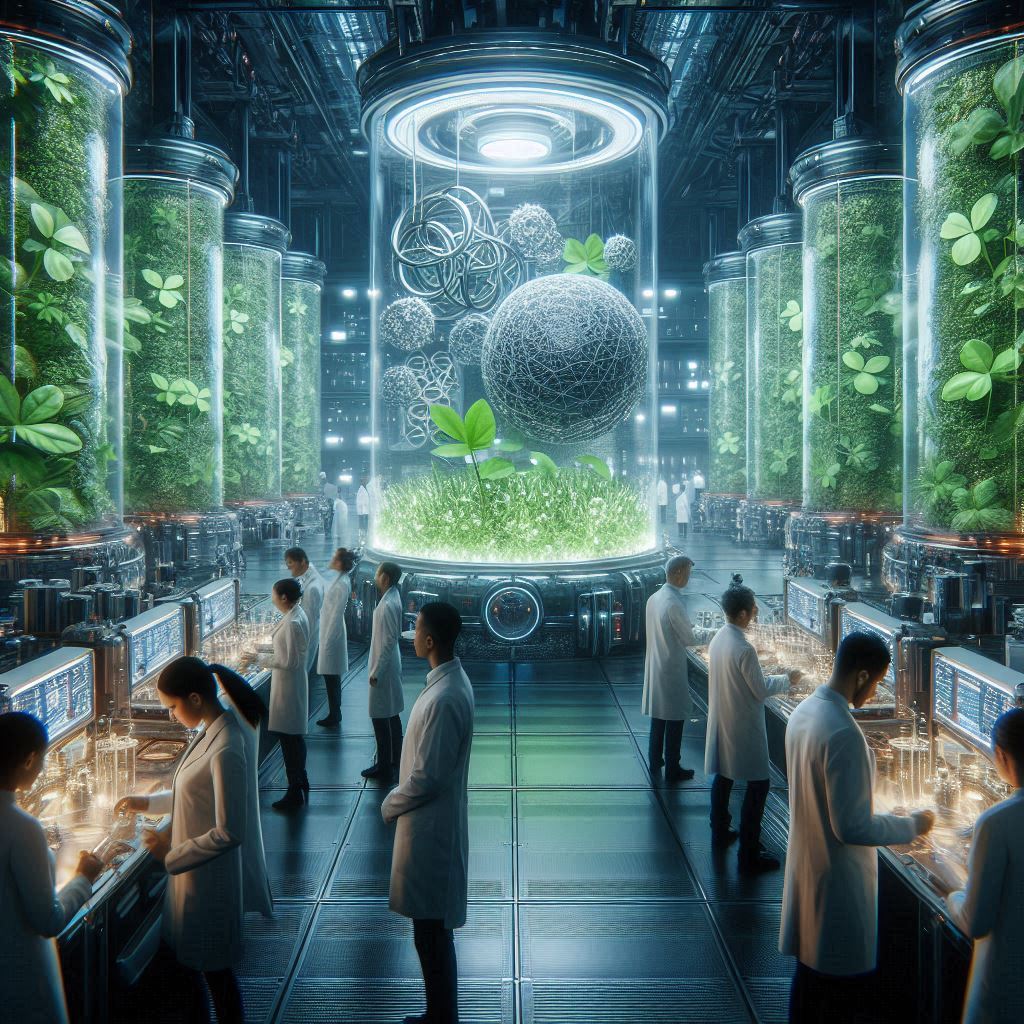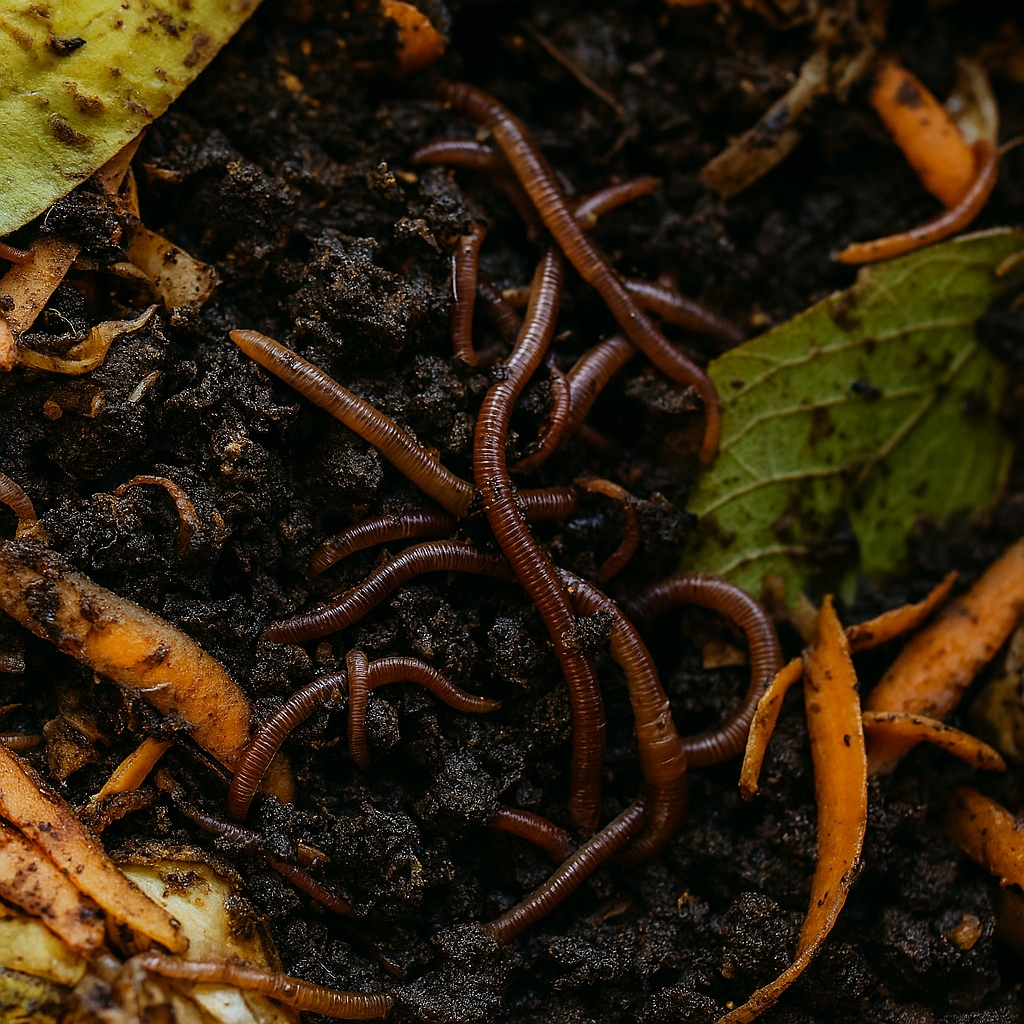Understanding Cryogenics
What is Cryogenics?
Cryogenics is a branch of physics that deals with the behavior and properties of materials at extremely low temperatures, typically below -150°C. It involves the production and use of liquefied gases such as nitrogen, helium, and hydrogen. Cryogenics has various applications in different fields, including environmental management.
Cryogenic Technologies
Cryogenic technologies involve the use of cryogenic liquids and gases to achieve ultra-low temperatures. These technologies are employed in various industries, including healthcare, aerospace, and environmental management. Liquid nitrogen is one of the most commonly used cryogenic substances due to its availability and cost-effectiveness.
Soil Remediation Using Cryogenics
Freezing Contaminated Soil
Cryogenics can be used to remediate contaminated soil by freezing it. Freezing the soil helps to immobilize contaminants, making it easier to remove them. This method is particularly effective for volatile organic compounds (VOCs) and heavy metals. The frozen soil can then be excavated and treated to remove the contaminants.
Reducing Soil Pollution
By using cryogenics, it is possible to reduce soil pollution and restore the health of ecosystems. This technique is environmentally friendly and minimizes the risk of secondary contamination. Cryogenic soil remediation is a valuable tool in the fight against soil pollution.

Preserving Biodiversity with Cryogenics
Cryopreservation of Seeds
Cryogenics plays a crucial role in preserving biodiversity by cryopreserving seeds. Seeds are stored at ultra-low temperatures to maintain their viability for extended periods. This method ensures the availability of plant species for future generations and helps to preserve genetic diversity.
Conservation of Endangered Species
Cryogenics is also used to conserve endangered species by cryopreserving embryos and genetic material. This approach provides a backup for species at risk of extinction and supports efforts to reintroduce them into their natural habitats. Cryogenic conservation is a vital tool in biodiversity preservation.
Cryogenics in Drainwater Management
Enhancing Water Quality
Cryogenics can be applied to drainwater management to enhance water quality. By freezing and removing pollutants and contaminants from water, cryogenics helps to improve water purity. This method can be used in wastewater treatment and to reduce the presence of harmful substances in water bodies.
Maintaining Drainage Systems
Cryogenics can also be used to maintain drainage systems by freezing water in pipes and drains. This process helps to remove blockages and sediment buildup, ensuring efficient water flow. Cryogenic maintenance of drainage systems reduces the risk of flooding and improves overall infrastructure performance.

Environmental Benefits of Cryogenics
Sustainable Pollution Control
Cryogenics offers a sustainable approach to pollution control. Traditional methods of pollutant removal often involve the use of chemicals and energy-intensive processes. Cryogenic techniques have a lower environmental footprint and are more eco-friendly, making them a better choice for environmental management.
Efficiency in Environmental Management
Cryogenic methods are not only sustainable but also highly efficient. The ability to freeze and manipulate materials at ultra-low temperatures allows for precise and effective treatment. This results in better outcomes and reduced costs in environmental management projects.
Future of Cryogenics in Environmental Management
Advancements in Cryogenic Technologies
The future of cryogenics in environmental management looks promising with advancements in cryogenic technologies. Researchers are continuously exploring new ways to apply cryogenics in environmental conservation and pollution control. These advancements are expected to enhance the effectiveness and efficiency of cryogenic techniques.
Wider Adoption of Cryogenic Methods
As cryogenic technologies continue to evolve, there is a growing interest in their adoption for environmental management. Governments and organizations are recognizing the potential of cryogenics to address environmental challenges. Wider adoption of cryogenic methods will contribute to a more sustainable and cleaner environment.

Conclusion
Cryogenics is a valuable tool in environmental management, with applications ranging from soil remediation to drainwater management. Its ability to preserve biodiversity, enhance water quality, and reduce environmental footprints makes it a crucial technology for sustainable environmental conservation. As cryogenic technologies advance, their role in creating a more sustainable and cleaner environment will become even more significant.
Join the Discussion
Cryogenics in environmental management is an exciting and evolving field with many potential benefits. From soil remediation and biodiversity preservation to enhancing water quality and maintaining drainage systems, the applications are diverse and impactful.
How do you feel about using cryogenics for environmental conservation?
Do you think cryogenic methods will become more widely adopted in the future?
What other innovative applications of cryogenics can you think of for improving our environment?














Snow Sports Scary Thrills And Skills That Peak At No.1
[…] ConditioningThe physical demands of snow sports are also distinct. The cold environment requires athletes to have strong cardiovascular health to maintain body temperature and stamina. […]